The Full List Of Foods That Were Forbidden In The White House
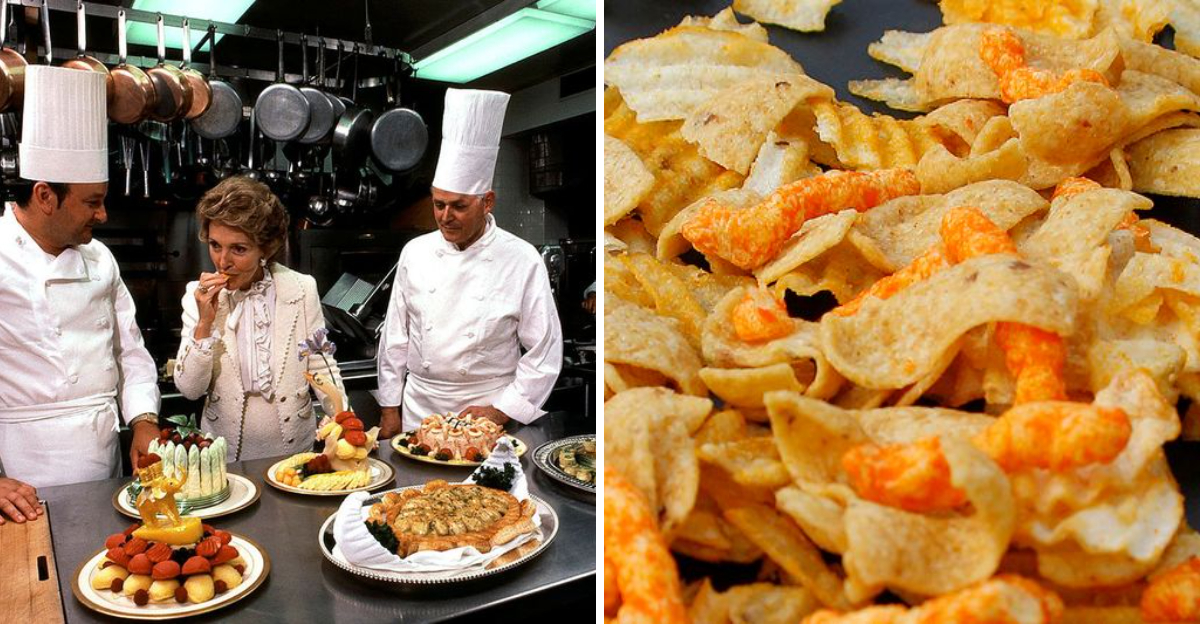
The White House has hosted some of the most powerful people in history—and with that power came some very strong food opinions. Over the decades, various presidents and first ladies have banned certain foods from being served in the Executive Mansion, either for health reasons, personal taste, or political messaging. Here’s a roundup of notable foods that were, at one time or another, off-limits in the White House.
1. Broccoli
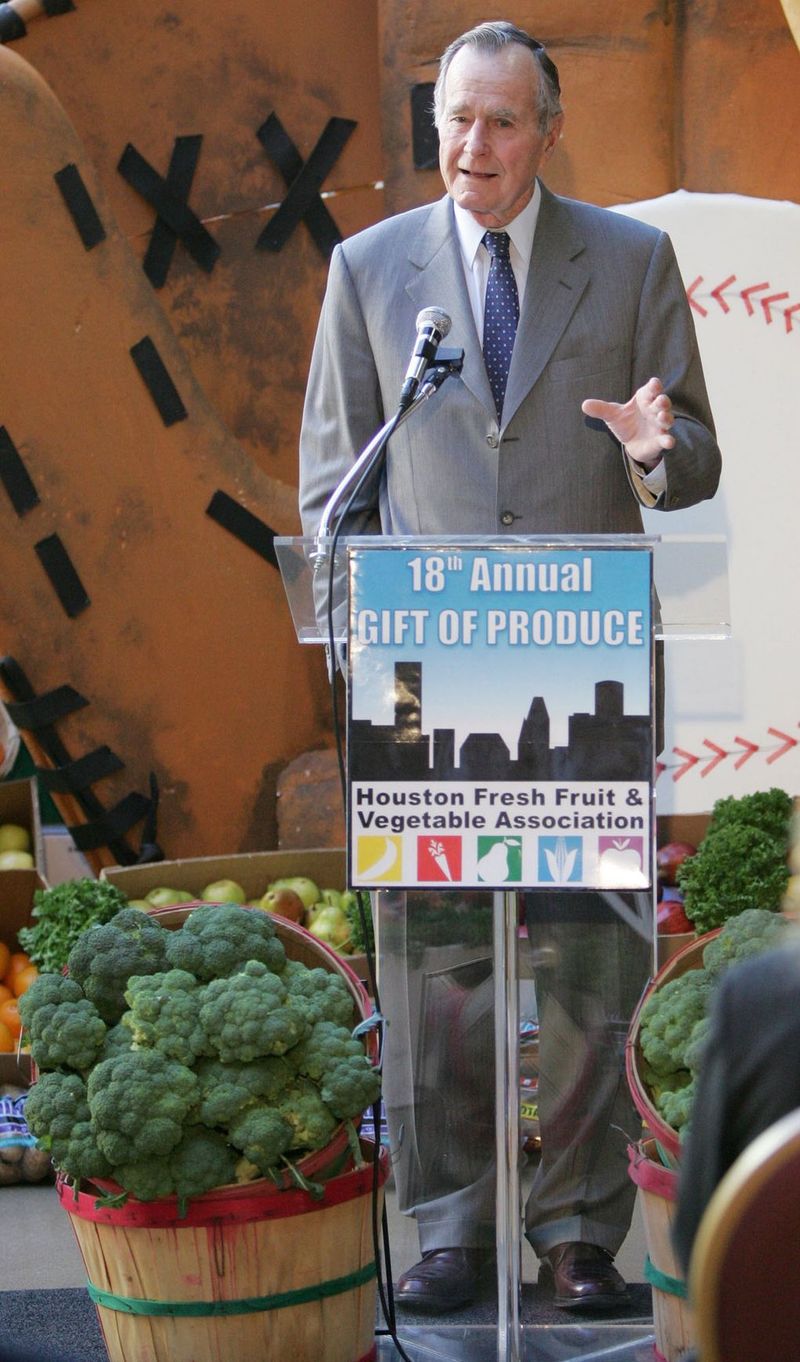
“I do not like broccoli,” declared George H.W. Bush, expressing a sentiment shared by many children. As President, he finally had the power to banish it from his meals entirely, both on Air Force One and at the White House.
This decision was met with both amusement and critique, becoming a memorable anecdote of his presidency. His distaste for the green vegetable was well-known, echoing a broader cultural dislike and making broccoli a symbol of unwanted healthy eating.
In later years, broccoli advocates cheekily sent shipments to the White House.
2. Alcohol (During Prohibition Era)
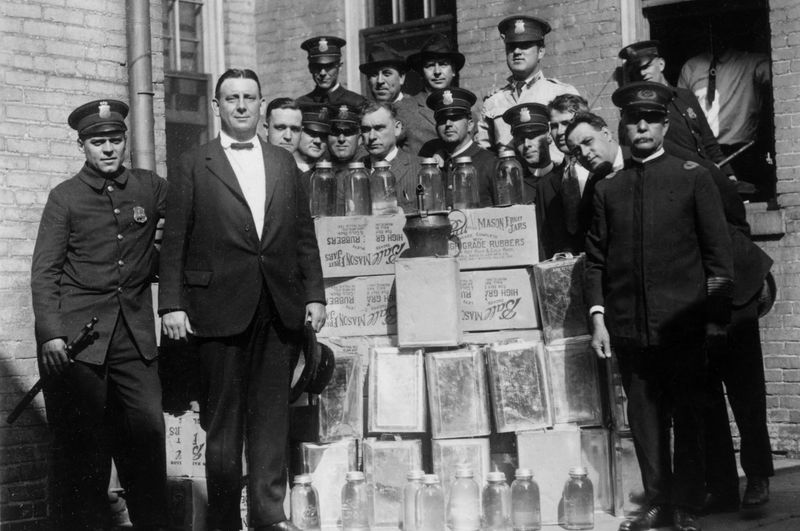
The era of Prohibition was a time of dry parties and hidden flasks. Herbert Hoover, following the law, ensured the White House adhered strictly to these policies. No alcohol was served at any official functions, maintaining a dry environment.
This was a time when the temperance movement held significant sway, and the absence of alcohol highlighted the solemnity of the era.
Social gatherings took on a different character, as the nation grappled with the legality and morality of alcohol consumption.
3. Fried Foods
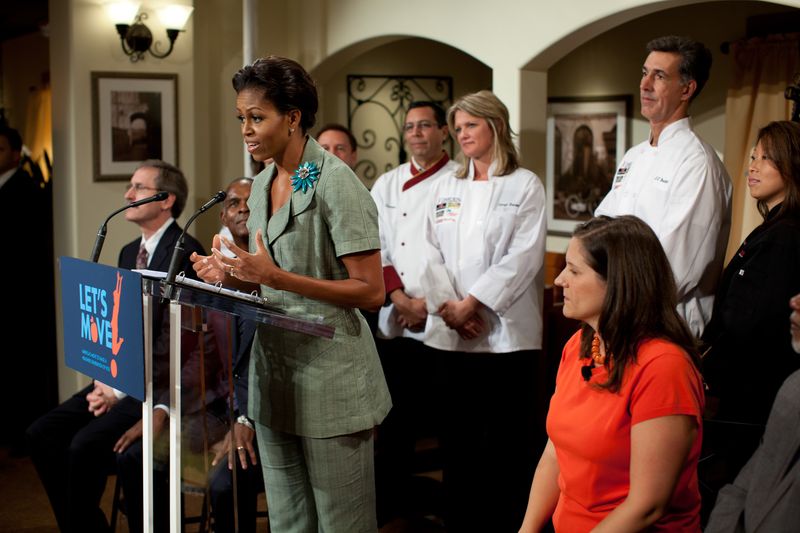
The Let’s Move campaign led by Michelle Obama brought significant changes to the White House menu, focusing on health and nutrition. Fried foods, often criticized for being unhealthy, faced reduction, especially in events involving children.
This move was part of a larger effort to combat childhood obesity and promote healthier lifestyles. Michelle Obama was passionate about setting a positive example.
The campaign made waves nationwide, inspiring schools and families to rethink their meal choices and move towards fresher, lighter options.
4. Soda and Sugary Drinks
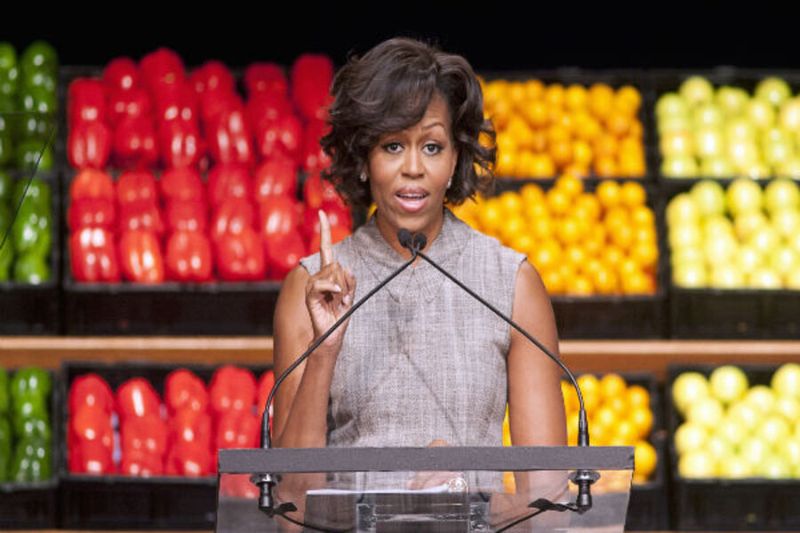
Sugary drinks, once a staple at many gatherings, were noticeably absent from the Obama-era White House. Instead, events featured fruit-infused water and 100% juice, aligning with Michelle Obama’s health initiatives.
The First Lady aimed to encourage Americans to embrace healthier beverage choices, steering away from the sugar-laden options.
The absence of soda at official functions was a statement, reflecting broader public health messages about sugar consumption and its effects on health.
5. Processed Snacks (Cookies, Chips)
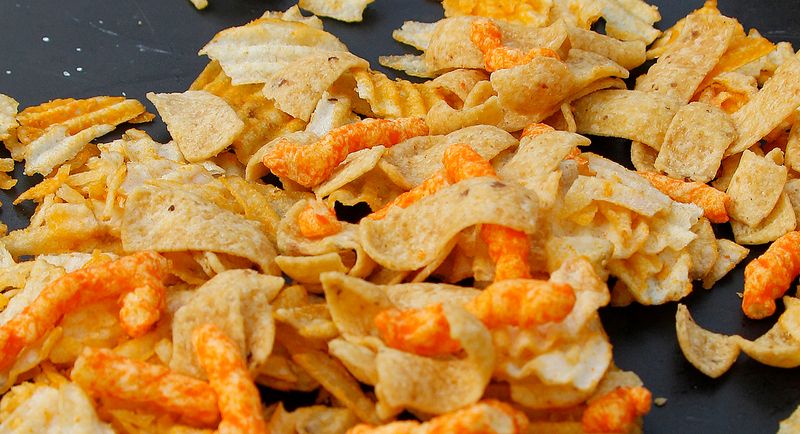
The Obama administration took a stand against processed snacks, opting for whole foods and organic produce. The preference was for fresh-baked alternatives over packaged cookies or chips.
This choice aligned with their values of health and wellness, promoting an image of conscientious consumption at the highest level of government.
This shift was part of a broader movement towards organic and fresh food, resonating with the growing consumer interest in clean eating and sustainability.
6. Pork Products (Temporarily)
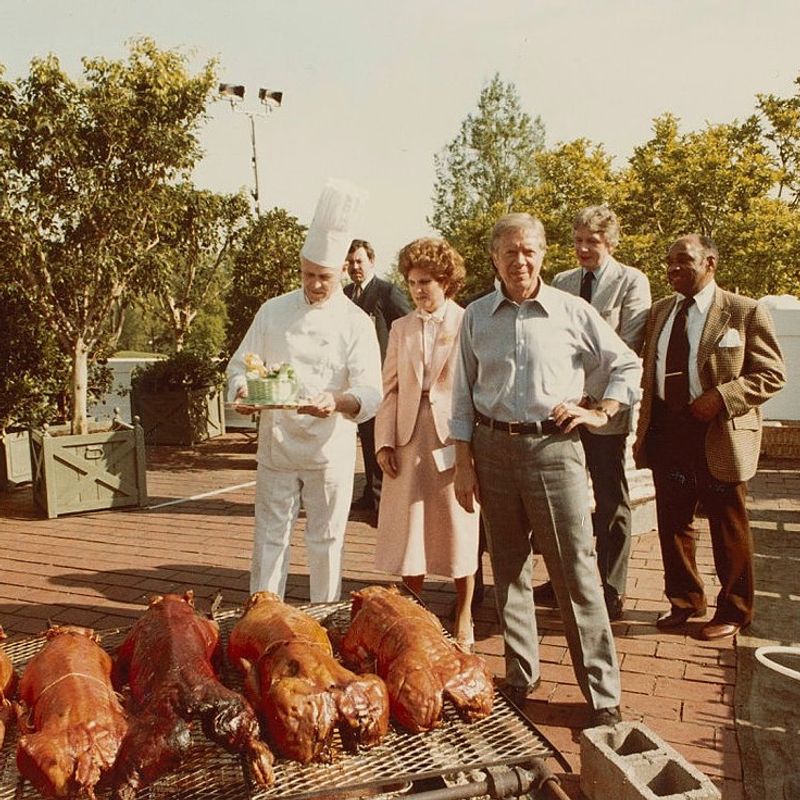
Jimmy Carter, known for his simple and modest lifestyle, temporarily restricted pork products during his presidency. As a devout Baptist, he favored lighter meals during tough economic times.
This decision reflected his values of simplicity and conservation, emphasizing beans and vegetables over heavier meats.
Carter’s approach was part of a broader message of frugality, resonating with a nation facing economic challenges and seeking comfort in simpler, cost-effective meals.
7. Junk Food
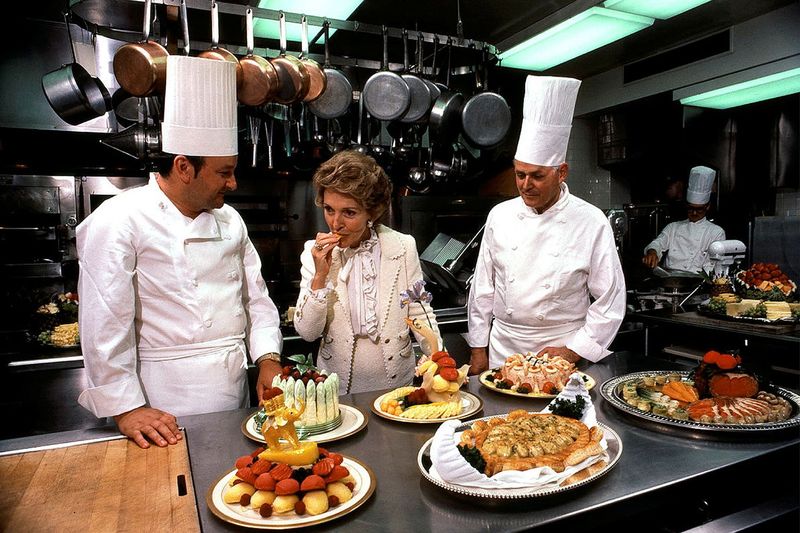
Nancy Reagan, although not as publicly involved in culinary choices as other First Ladies, took a stand against junk food. Her “Just Say No” campaign extended to the White House, where candy and sweets were reduced.
This was a time of heightened awareness around diet and health, and Reagan’s subtle influence was felt in the snack choices available.
Her efforts aligned with a national push towards healthier living, reflecting a broader consciousness about dietary habits and health.
8. Foie Gras
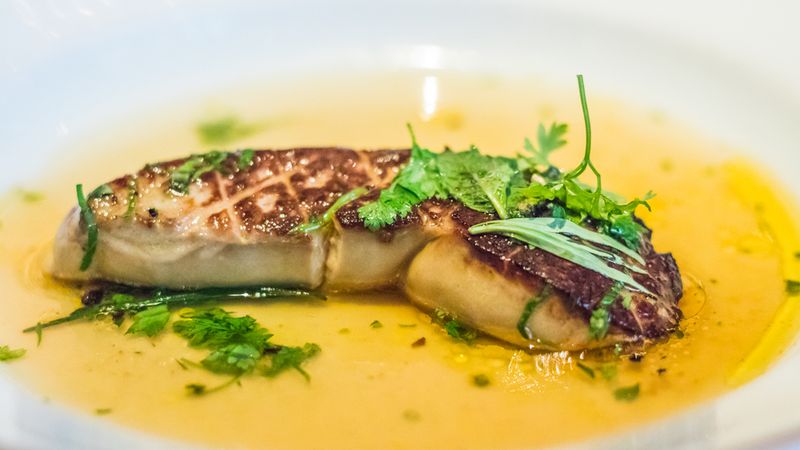
While not officially banned, foie gras was notably absent from the Obama-era White House menu. This decision was rooted in ethical concerns over animal welfare, reflecting a growing sensitivity to such issues.
The avoidance of this delicacy was a subtle statement aligning with the values of a more conscientious era.
The absence of foie gras underscored broader conversations about food ethics and the changing landscape of culinary preferences.
9. Fast Food (in early presidencies)
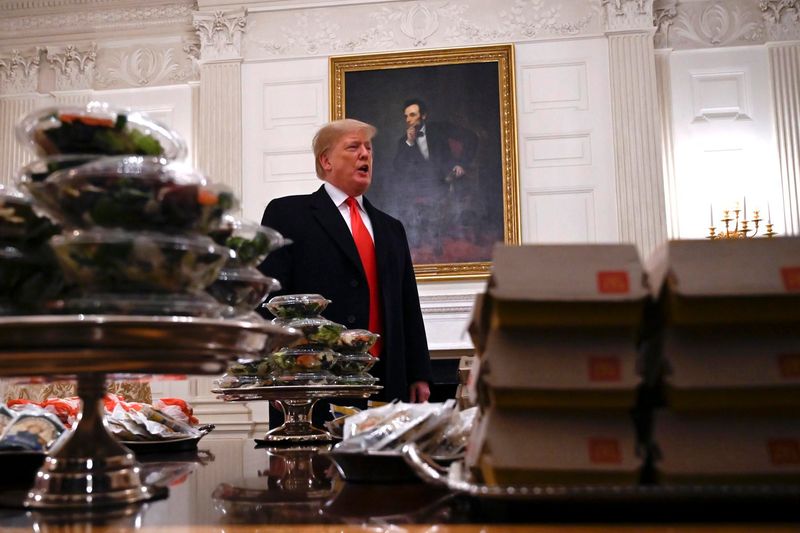
Before recent years, fast food was a rarity in the White House, reflecting a preference for formal cuisine. Most presidents until modern times avoided it, seeing it as unsuitable for the Executive Mansion.
The preference for more refined dining highlighted the prestige associated with presidential meals, where elegance and tradition were paramount.
Fast food’s absence was a testament to the emphasis on maintaining the cultural and culinary stature of the White House.
10. Overly Rich French Cuisine
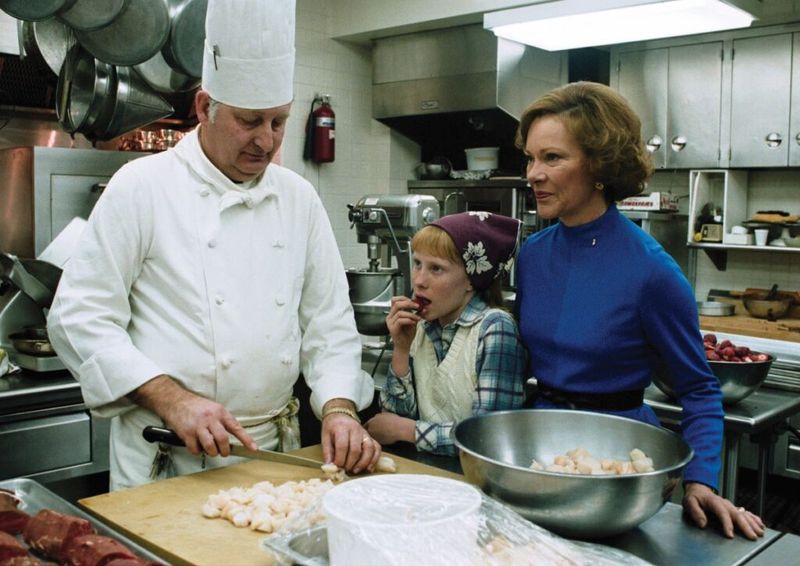
Rosalynn Carter brought a touch of Southern simplicity to the White House, moving away from elaborate French cuisine. Her preference for traditional American meals shifted official dinners towards a more home-style approach.
This change was warmly received, reflecting broader desires for authenticity and comfort.
The move towards simpler meals was a return to roots, resonating with guests and officials alike, and emphasizing the importance of genuine, heartfelt hospitality.
